247 posts
Latest Posts by leivuaour - Page 4

MAD / Son Of MAD
cover by Kelly Freas
Signet Books (S1701) / The New American Library (1962)

Tiger ( late 18th century )
Gan Ku





(via)
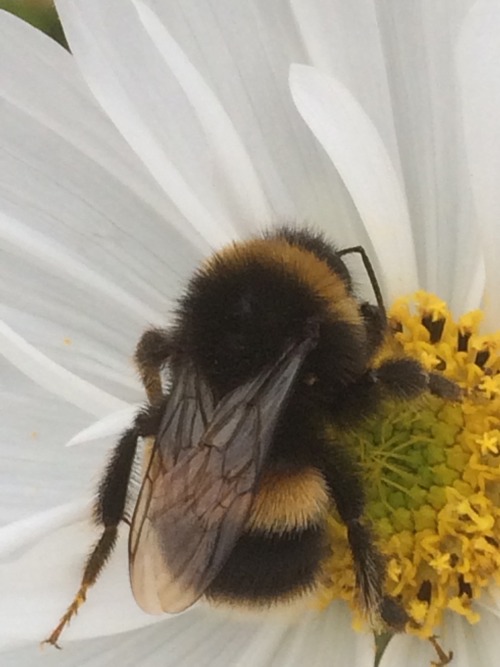
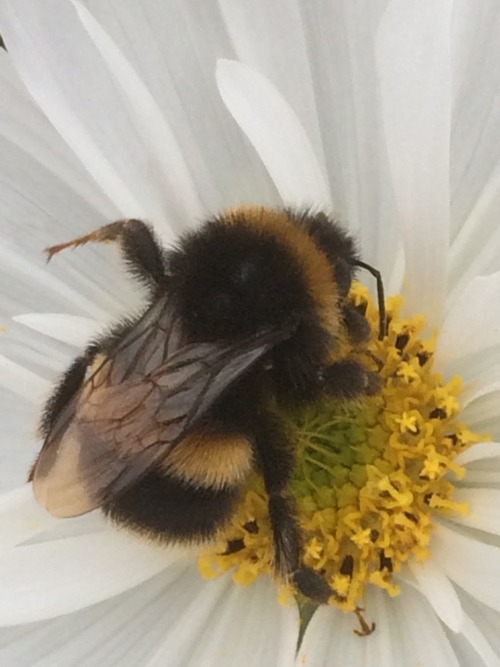

Tiger ( late 18th century )
Gan Ku

Old Synagogue - Issachar Ber Ryback (1897–1935)
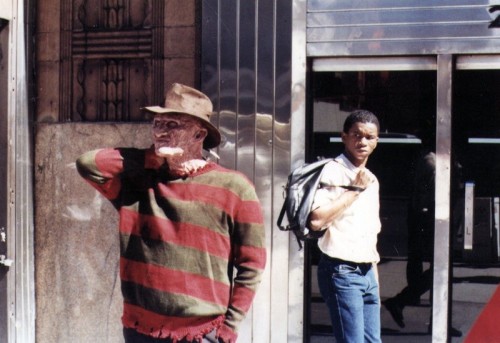

Robert Englund’s awkward breaks during filming of ‘Freddy’s Revenge’ (1985)

Kiyoshi Koishi / Meat.
Shashin Shimpo: Oct 1931




Power Symbols With Impending Magnetic Pole Reversal
(FB Anthropomorphized)
By Mat Brown



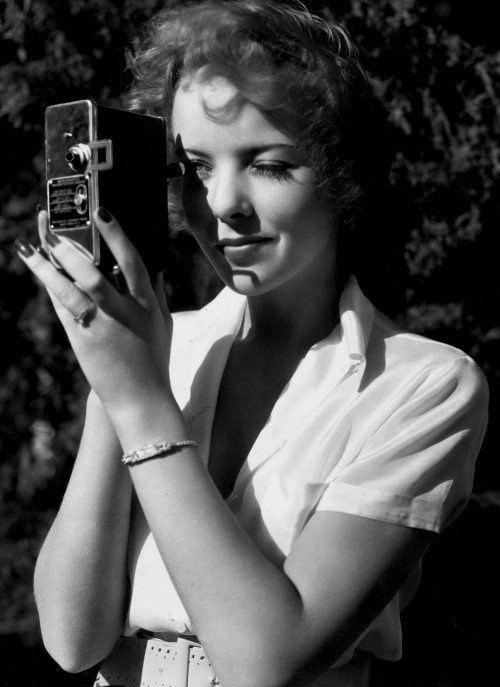
Ida Lupino (4 February 1918 – 3 August 1995) was an English-American film actress and director, and a pioneer among women filmmakers. In her forty-eight-year career, she appeared in fifty-nine films and directed seven others. She co-wrote and co-produced some of her own films as well. She appeared in serial television programmes fifty-eight times and directed fifty other episodes. Additionally, she contributed as a writer to five films and four TV episodes. She and her husband Collier Young formed an independent company, The Filmakers, and Lupino became a producer, director and screenwriter of low-budget, issue-oriented films.
In an article for the Village Voice, Carrie Rickey wrote that Lupino was a model of modern feminist filmmaking: “Not only did Lupino take control of production, direction and screenplay, but each of her movies addresses the brutal repercussions of sexuality, independence and dependence.”
After four “woman’s” films about social issues – including Outrage (1950), a film about rape – Lupino directed her first hard-paced, fast-moving film, The Hitch-Hiker (1953), making her the first woman to direct a film noir. Writer Richard Koszarski noted: “Her films display the obsessions and consistencies of a true auteur…. In her films The Bigamist and The Hitch-Hiker Lupino was able to reduce the male to the same sort of dangerous, irrational force that women represented in most male-directed examples of Hollywood film noir.” x
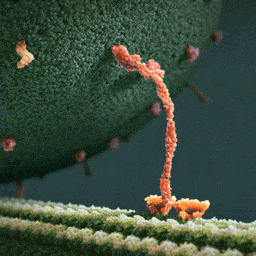
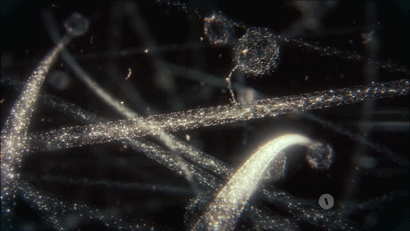
Your body is an incredibly bizarre machine.
“What you see is a myosin protein dragging an endorphin along a filament to the inner part of the brain’s parietal cortex which creates happiness. Happiness. You’re looking at happiness.”


Weeping Nudes
Edvard Munch, c.1919

Take your mind off the debate for a moment and enjoy this view of the Pillars of Creation, courtesy of the Hubble Space Telescope.

Chocolate (1930)
Salvador Dali

Parisian cabaret artist





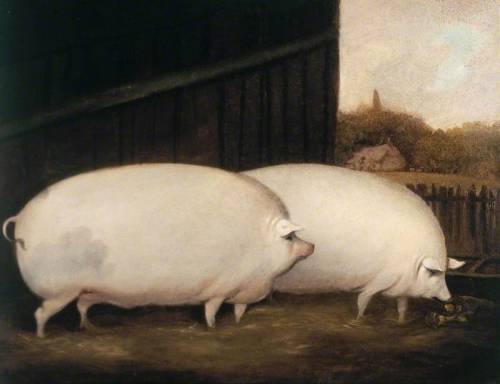
Title: A Pair of Pigs Date: c. 1850 Medium: oil on canvas Size: 55 x 69.5 cm Source: Compton Verney
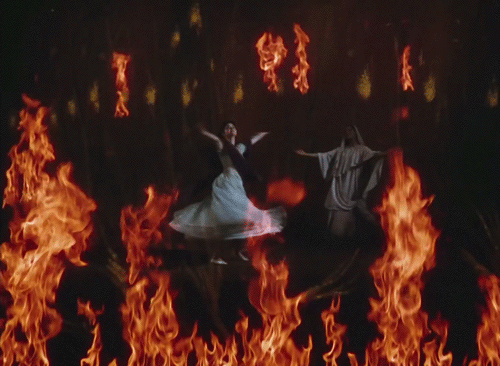
Antonia dancing in the flames - one of the most striking images from Powell and Pressburger’s The Tales of Hoffmann.


Daffy Duck - The Great Piggy Bank Robbery (1946)








Broken Flowers (2005) dir. Jim Jarmusch



Soho, London, 1965
by David Hurn

by @pakuaglass

MARTINIQUE. 1957 par le photographe allemand Herbert List (1903 - 1975)
